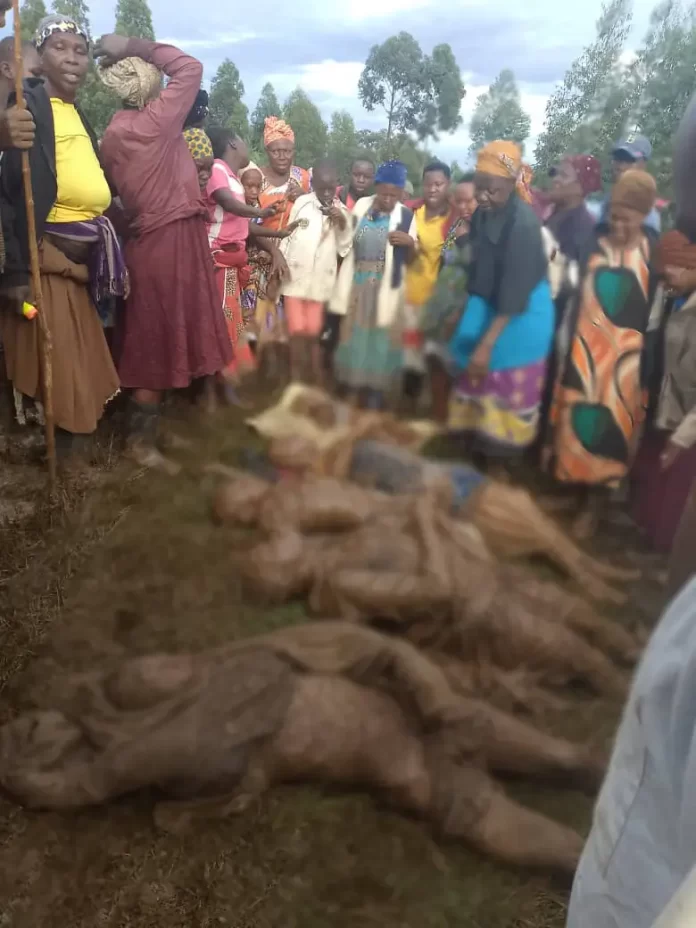At least 19 people have been killed and more than 100 others are missing after heavy rains caused landslides in eastern Uganda. Police on Thursday updated the death toll to 15 and said 113 others were missing following landslides and floods in six villages of the mountainous district of Bulambuli the previous night. The Uganda Red Cross Society said the rescue effort was continuing, but the death toll was likely to rise.
Every year, there have been incidents of severe landslides resulting in fatalities in the districts surrounding Mount Elgon, including Bududa, Bulambuli, and Sironko, among others, but there is seemingly no deliberate comprehensive plan to avert the scourge.
A lot of Ugandans on social media have erupted by questioning the Office of the Prime Minister under which the Ministry of Disaster Preparedness falls on whether they always enjoy making money in disaster aid, relief, and budgetary funds at the expense of the lives of people in Elgon.
Is the landslide question ending soon? There is no comprehensive policy designed on ending the landslide question and its impacts along areas surrounding Mount Elgon.
The survivors of the 2010 landslides were relocated to government land in Kiryandongo district, but later in 2019 the government procured land for resettlement in Bulambuli. Close to 300 families, comprising more than 5,000 people, have so far been resettled.
This is, however, seemingly a near-term mitigation measure that does not solve the question. The magnitude and rate of climate change and associated risks depend strongly on near-term mitigation and adaptation actions, and projected adverse impacts with related losses and damages escalate with every increment.
Imagine tens of people dead, hundreds displaced, and property worth millions destroyed in landslides in one region every year, and everybody is okay with the routine (annual fatalities).
Uganda has had a prolonged experience of climate-related disasters, for example, floods, droughts, earthquakes, and hailstorms, among others, which have all claimed lives and caused massive destruction.
What is the country’s disaster preparedness policy? Is it only focused on aid reliefs and condolence messages to bereaved families? Seemingly, there is no comprehensive disaster preparedness policy in the country.
Read Also: Gov’t Mobilizes for Urgent Rescue Operations in Bulambuli District Following Landslide
Disasters often have imminent (near-term) and acute impacts on human mortality, health, and infrastructure. However, they also lead to some indirect, medium-to-long-term impacts that are hard to capture, which often leads to budgetary and humanitarian concerns that worsen human security (survival).
This is often the case for events such as droughts and floods, among others, where indirect impacts such as malnutrition, food insecurity, and potential impacts of water shortages are harder to quantify, especially in an ongoing or very recent event.
According to a comprehensive new report from the World Meteorological Organization (WMO), a disaster related to weather, climate, or water hazard occurred every day on average over the past 50 years, killing 115 people and causing US$ 202 million in losses daily.
This should be a huge worry for developing countries like Uganda to adopt long-term mitigation policies for such climate-related calamities. Is it the end of the beginning or the beginning of the end for climate disasters in Uganda?
Richard Bard Byamukama is a lawyer and also a security studies expert.















